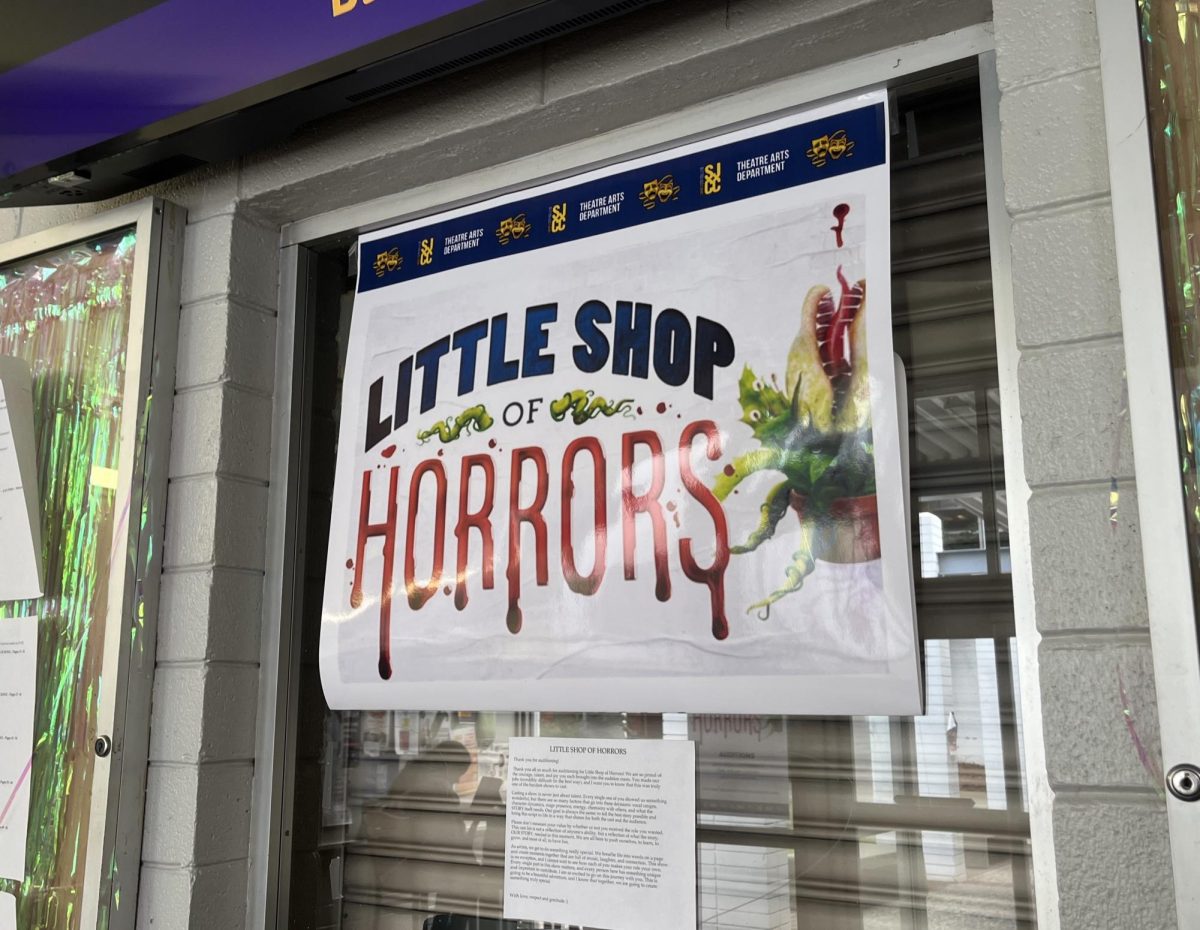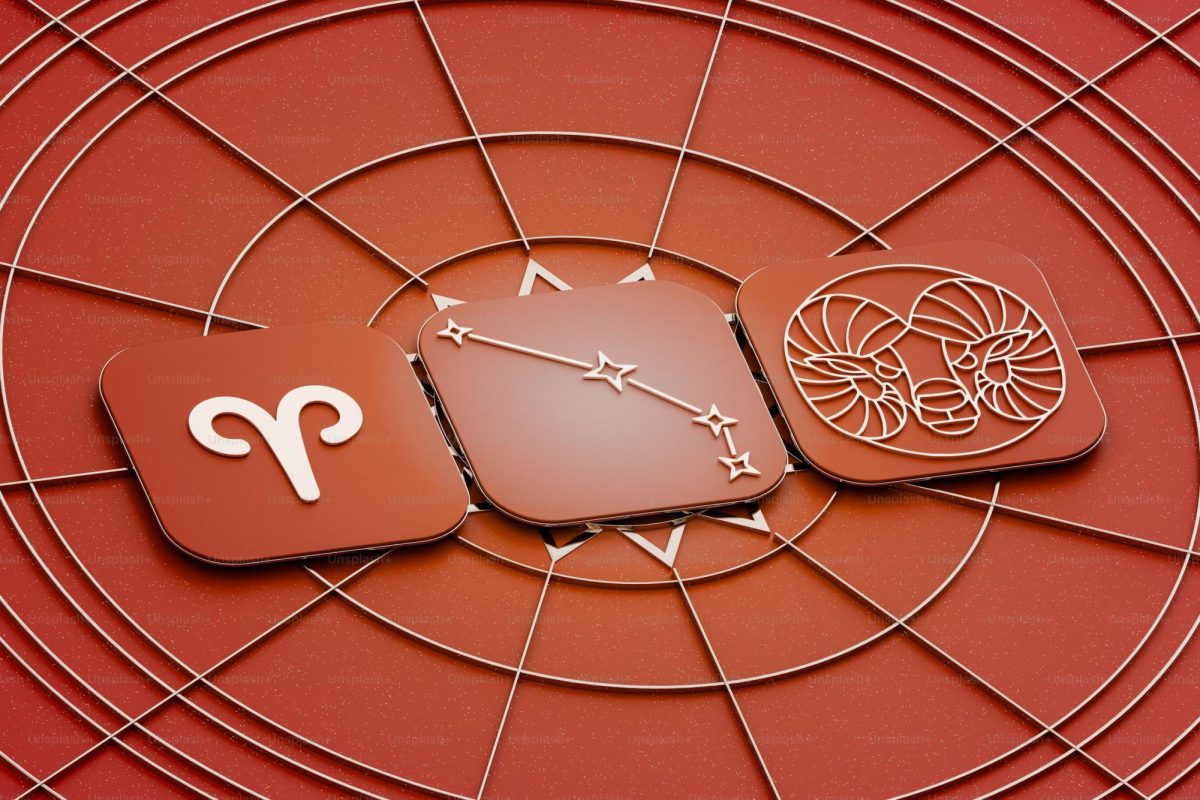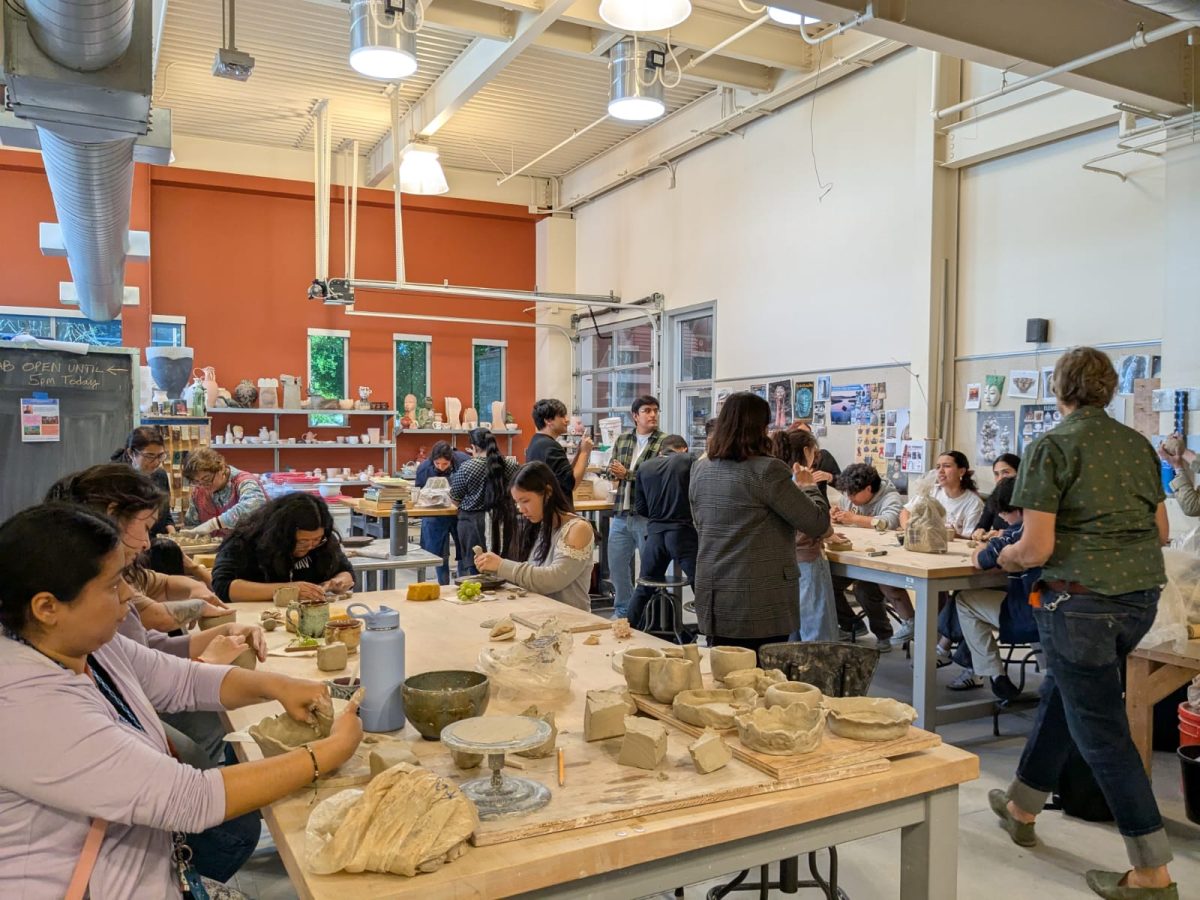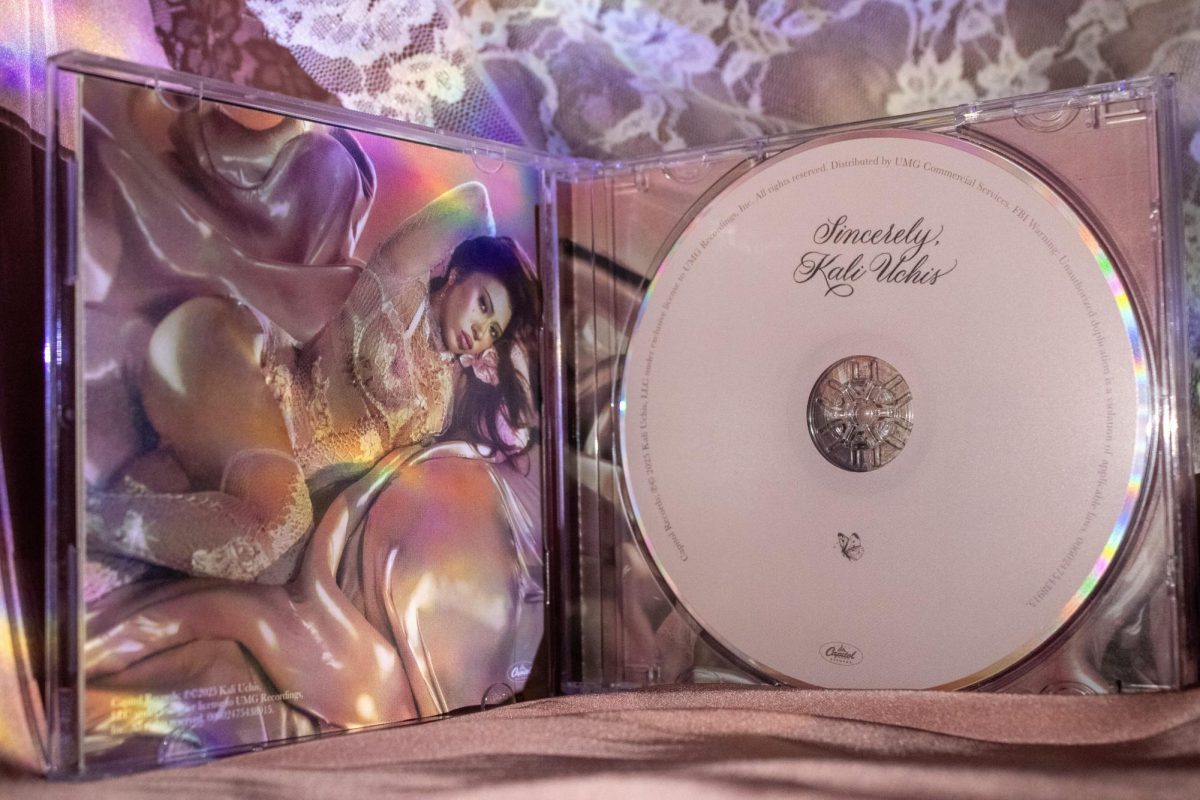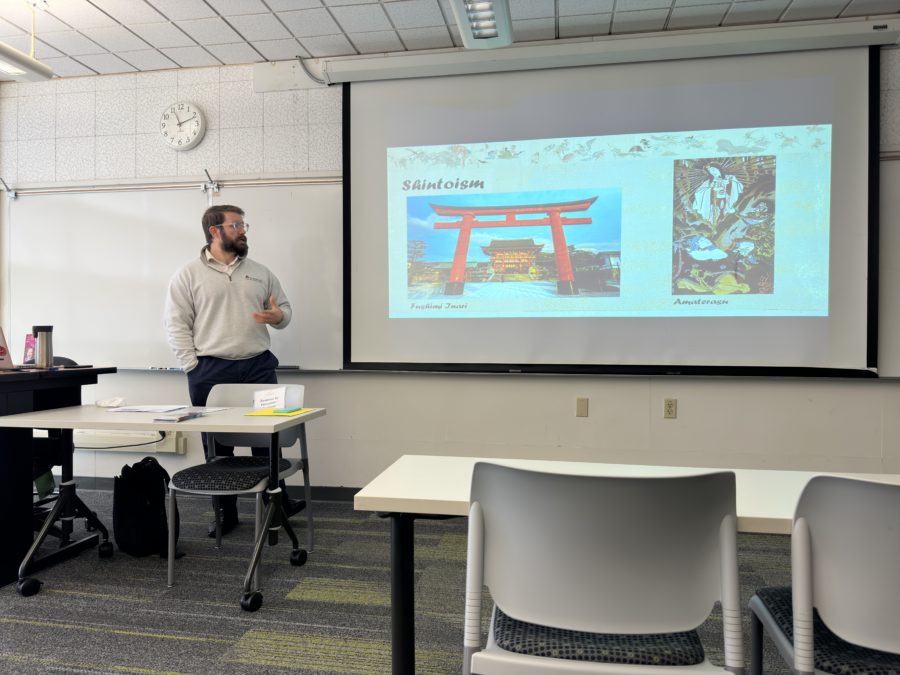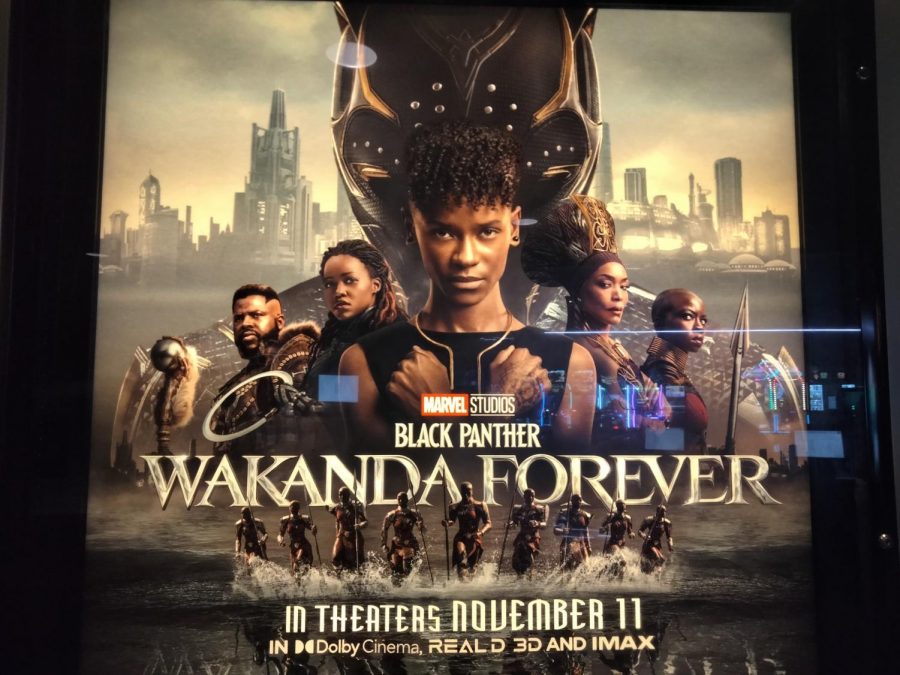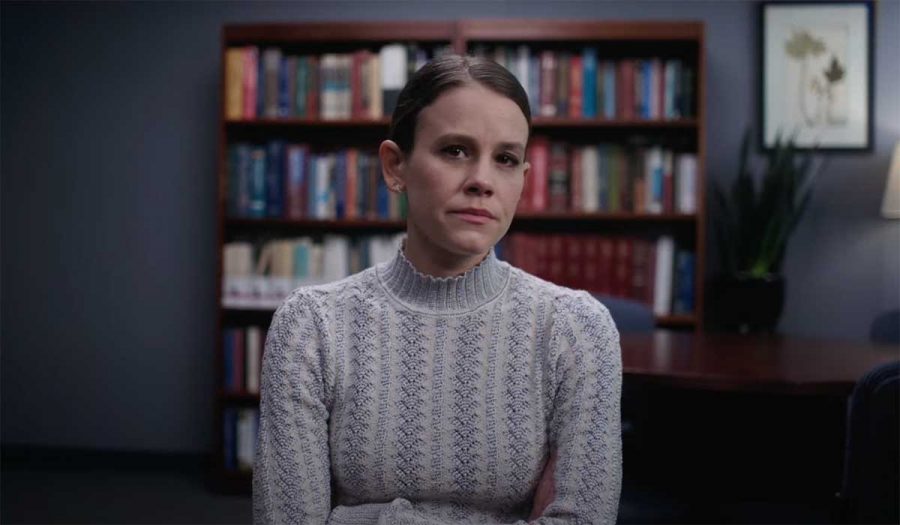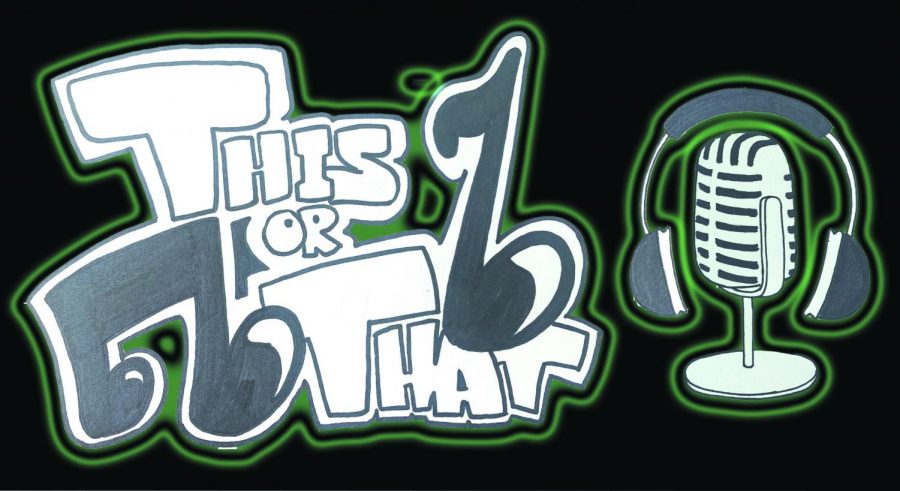For all sad words of tongue or pen the saddest are these: “I liked ‘Ready Player One.’”
This is the first thing I tweeted after leaving the theater April 6. Though I wrote it in ironic jest, this statement wasn’t exactly far from my general feelings about the film.
For weeks leading up to the release of the film, directed by Steven Spielberg, my Twitter feed was filled with people decrying the movie for being a shallow, cynical 80s nostalgia cashgrab emblematic of the late-stage capitalist society we live in. They aren’t wrong, really. Despite the negativity, I still felt compelled to see the movie, as I am not entirely against 80s nostalgia, and trust Spielberg as a director.
Based on a novel by Ernest Cline, “Ready Player One” follows the protagonist Wade Watts, who lives in a densely packed slum filled with towers of mobile homes. Despite the apparent poverty these people find themselves living in, seemingly everyone can afford VR headsets to play a game called the Oasis, which is essentially a futuristic version of the early 00s chatroom game “Second Life.”
The Oasis is by far the most interesting part of the film. It essentially allows users to be and do anything they want, and provides the vehicle driving the plethora of references. Background characters in the film are mostly characters from movies or video games, and in some cases, the CG models seem to be directly imported from the source material.
While some may see this as laziness, it actually adds a layer of believability to the world; people rip the models from video games to use as their character in chatroom games to this day. The film left me with a longing to play the game, something I haven’t experienced since watching “Spy Kids 3D” as a kid, which has a very similar premise.
Of course, the pop culture references have a plot explanation: the creator of the Oasis hid keys to find a golden Easter egg, and whoever finds it first gains control of his company, and by extension, the Oasis, which is basically existence for a large part of the people playing it. To aid in this task, the creator left an archive of everything he did in his life: every movie he watched, every video game he played, every conversation he had while developing it. An entire rival company has sprung up to try and find the egg, along with a handful of the most obsessed players.
For the most part, it’s hard to remember that this is a Spielberg movie. Most of it takes place in the Oasis, and is computer animated. The scenes that take place in real life do exhibit a good bit of his signature style though, especially the last few, to the point where it felt emotionally manipulative.
Spielberg is a master of the craft, and a lot of what I liked about this movie was what I could recognize as being distinctly Spielberg.
Something should be said of the references in this movie. The film takes a very cavalier approach to using references, often throwing things in without context or consideration to the tone of the source material. I found myself physically reacting to some in the theater. Why would the Iron Giant be used as a war machine? How come they didn’t count to three before throwing the Holy Hand Grenade?
Some may be satisfied with simply seeing something they like referenced, but I feel like a movie that uses references as a gimmick should at least be more faithful to the things they’re pulling them from.
“Ready Player One” is, to put it simply, a strange movie. Even though the references littering the movie are for a generation in their 40s and 50s at this point, the plot feels more like a teenage dystopia adventure novel, not unlike “The Hunger Games” or “The Maze Runner,” making it a bit confusing determining who the movie is for; the kids seeing the film won’t get the references, and the adults will find themselves cringing at the juvenile themes.
However, the inescapable charm of Spielberg’s direction and the sheer spectacle of seeing Spawn charge in to battle alongside a squad of “Halo” characters and the Delorean from “Back to the Future” makes this something worth seeing.

